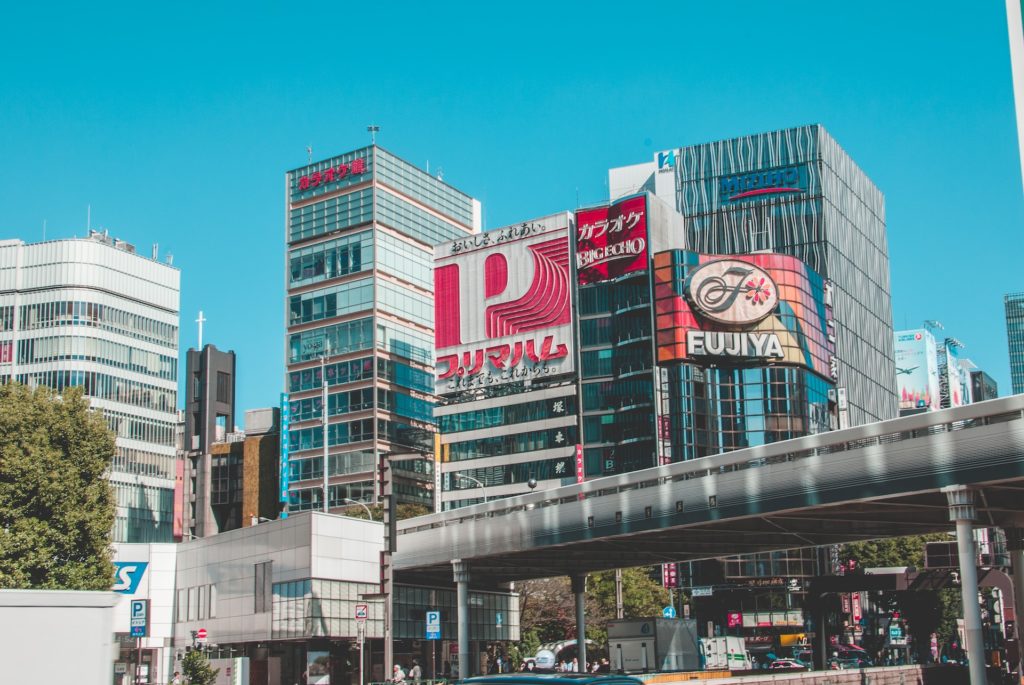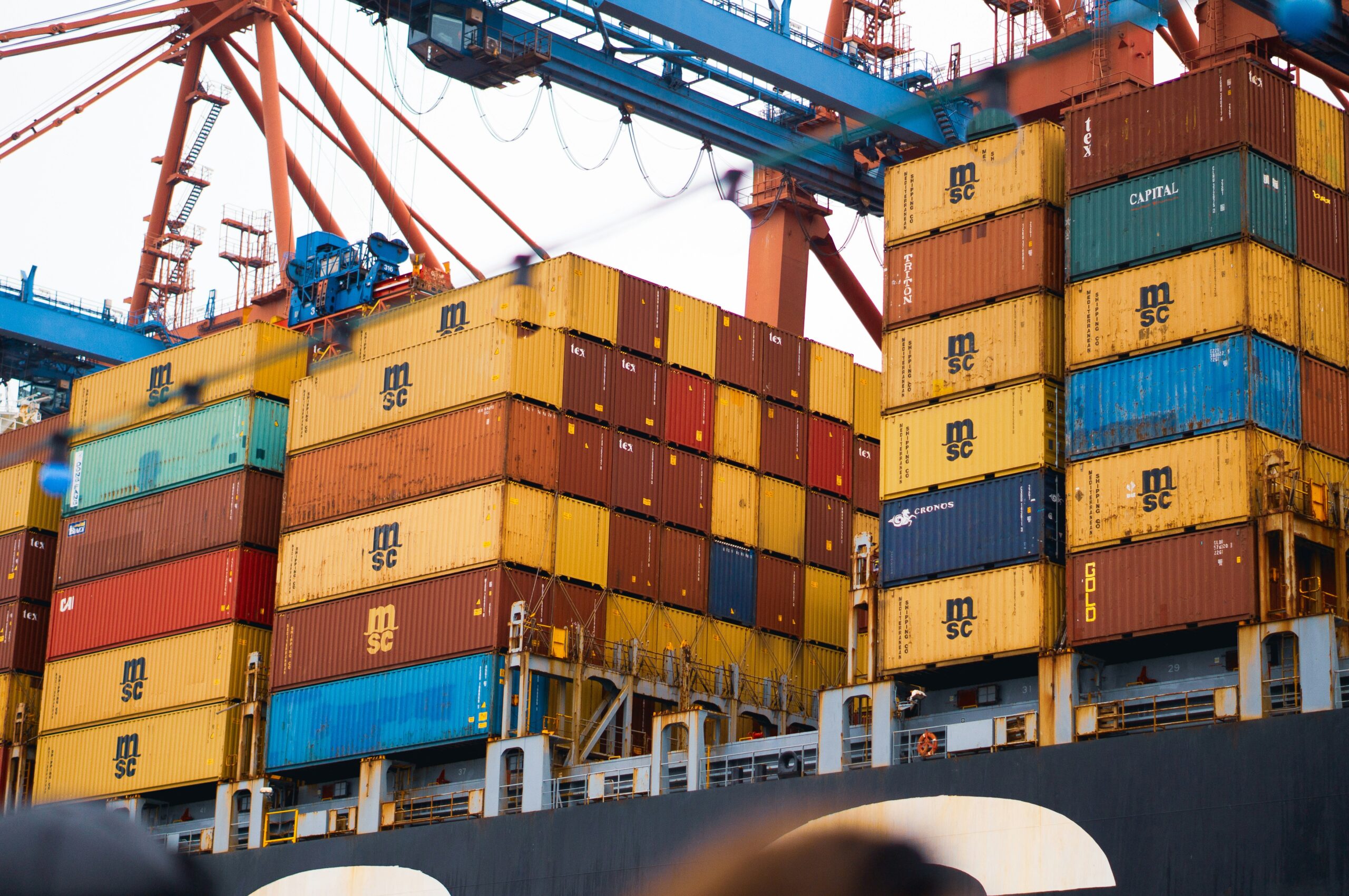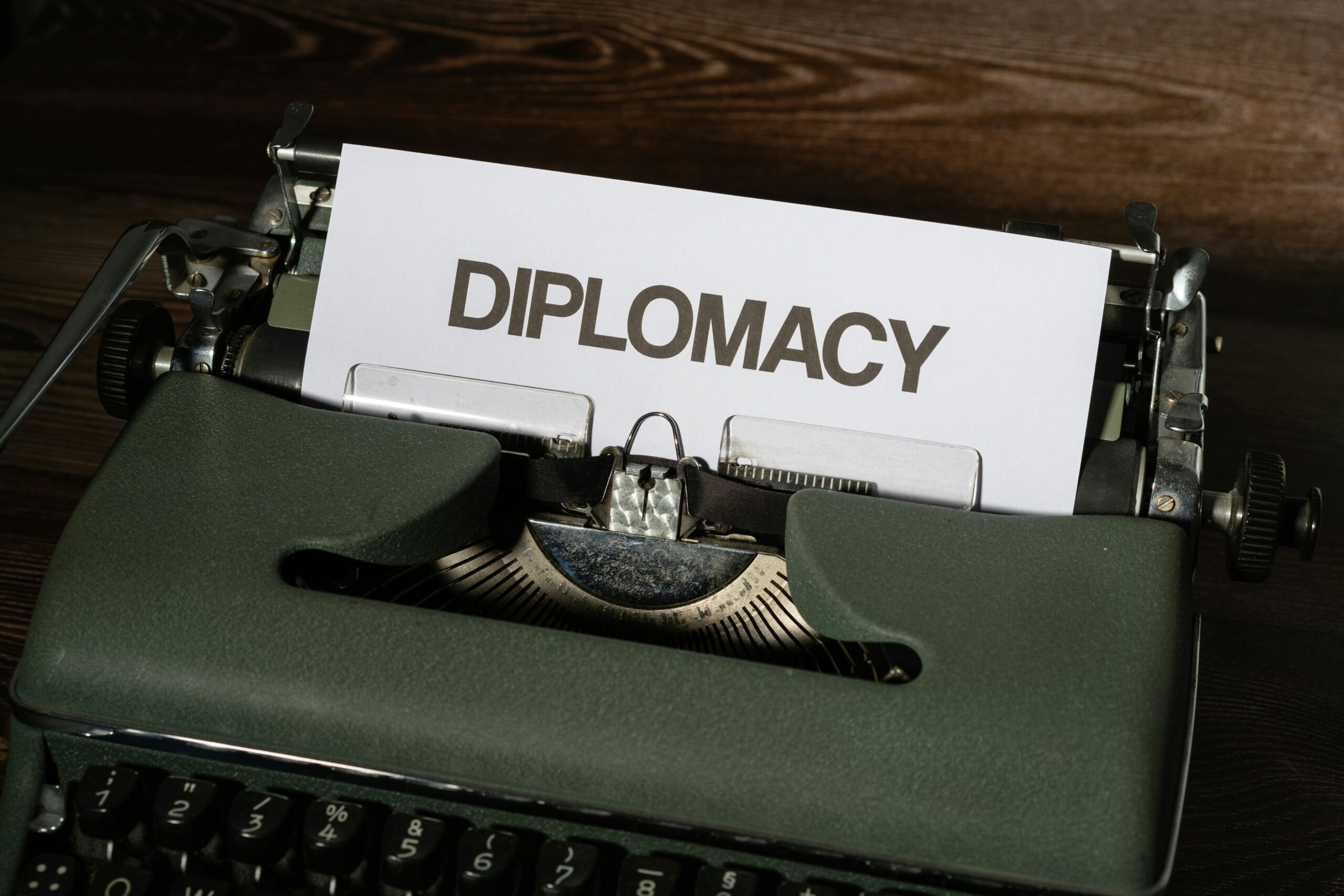APEC was established in 1989 as an advising, non-binding trade organization with 21 member economies at present. Regional trade liberalization that is sustained would have significant positive economic effects. 40 percent of the world’s population, 55 percent of the global GDP, and 44 percent of global trade are now accounted for by member economies. Leaders concurred that several approaches to an FTAAP may be used beginning in 2010. APEC would play a crucial role in defining, shaping, and addressing the next-generation trade and investment issues that an FTAAP should contain. APEC would provide leadership and intellectual input into the process of its development.

Routes to the Free Trade Area of the Asia-Pacific (FTAAP)
China urged for a thorough investigation of the potential for a 21-member economy agreement in 2014. Officially, numerous routes to the FTAAP have received support from leaders. Since APEC is now unable to engage in direct negotiations, the organization needs a third party to facilitate an agreement. The Trans-Pacific Partnership (TPP), a 12-party agreement, and the Regional Comprehensive Economic Partnership (RCEP), a 16-party agreement, are now in play as two of the officially recognized routes to the FTAAP. Supporters of the FTAAP have long hoped that both tracks will eventually combine to form an APEC-wide set of commitments. These expectations are generally doomed to failure for several reasons.
The Trans-Pacific Partnership (TPP)
A “high quality” agreement has been negotiated by economies in the TPP, therefore they would prefer if everyone just signed on. All APEC economies have been welcome to join the TPP from its inception. Many of the remaining APEC economies are hesitant to sign on to TPP-level commitments because not all have chosen to join. These commitments include the opening of nearly all goods trade, especially agricultural trade, at (mostly) zero tariffs, new and expanded openings in services and investment markets, new rules on intellectual property protection, the opening of government procurement markets, signing up for labor and environmental protection provisions in a trade agreement, and so forth.
Regional Comprehensive Economic Partnership (RCEP)
RCEP may be a better option to liberalize APEC business if nations outside the TPP are unwilling to join. Adopting RCEP will require TPP countries (including all the Americas) to agree to fewer protections and less market access. Most companies would choose to use the broader TPP provisions over the more limited RCEP/FTAAP commitments. TPP/RCEP has other issues. Neither deal covers APEC. Both lack Chinese Taipei, Hong Kong, PNG, and Russia. The RCEP-to-FTAAP transition may be difficult. Canada, Chile, Hong Kong, Mexico, Papua New Guinea, Peru, Russia, Chinese Taipei, and the US are not RCEP members. New participants may also amend RCEP agreements since members may feel ashamed making the same promises to a new group. RCEP includes non-APEC nations (Cambodia, India, Laos, and Myanmar). Non-APEC members may need to be included in the FTAAP or excluded from a future, more comprehensive agreement. Both options are challenging.
The future of FTAAP
It seems improbable that RCEP and TPP can be combined into a suitable FTAAP agreement, or that one or the other can be changed into a new agreement in the future. Therefore, APEC should begin with all 21 countries if it wishes to construct an FTAAP that includes all members or offers all 21 member economies the chance to join.



